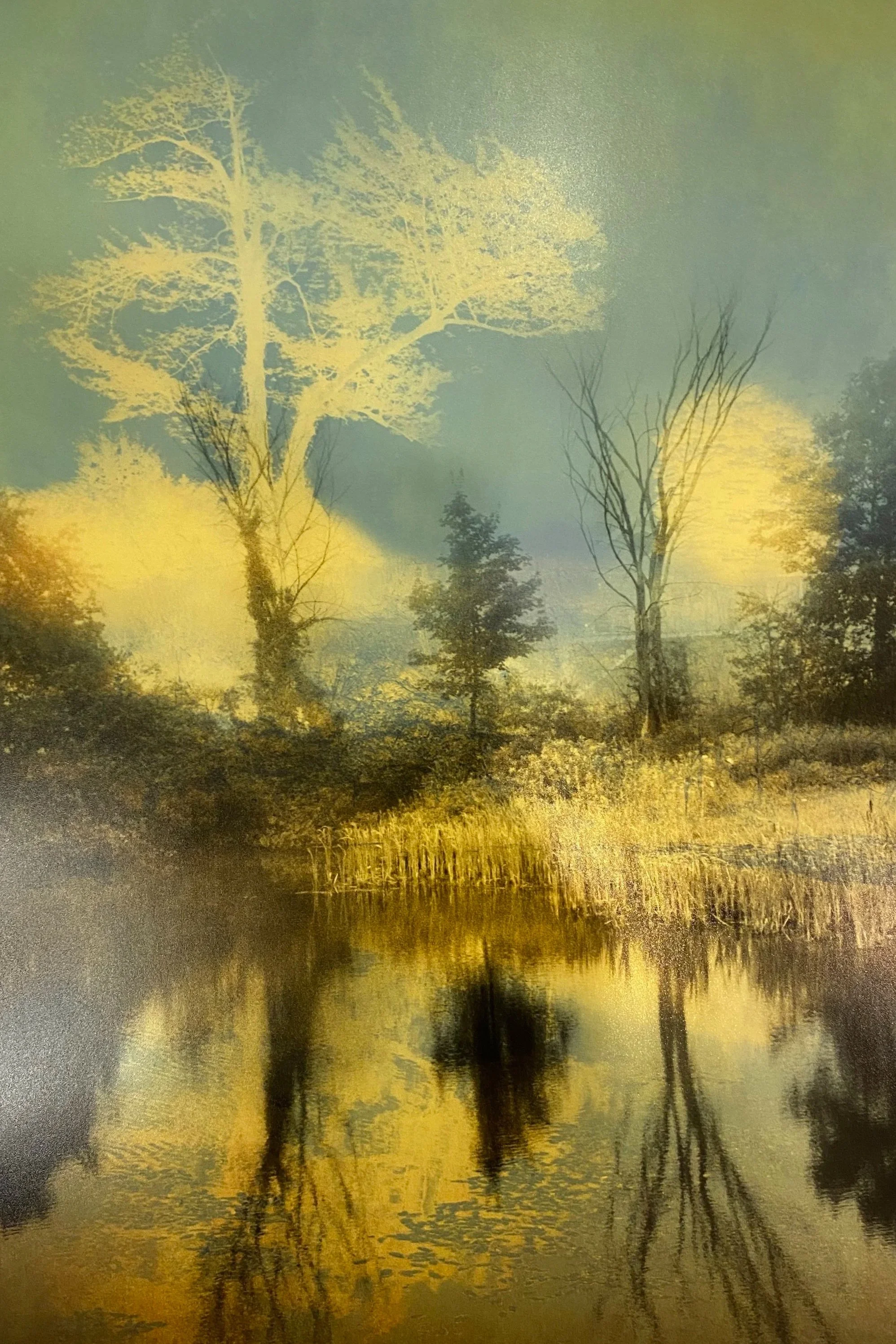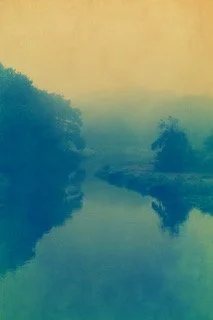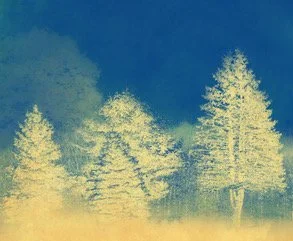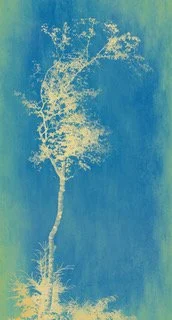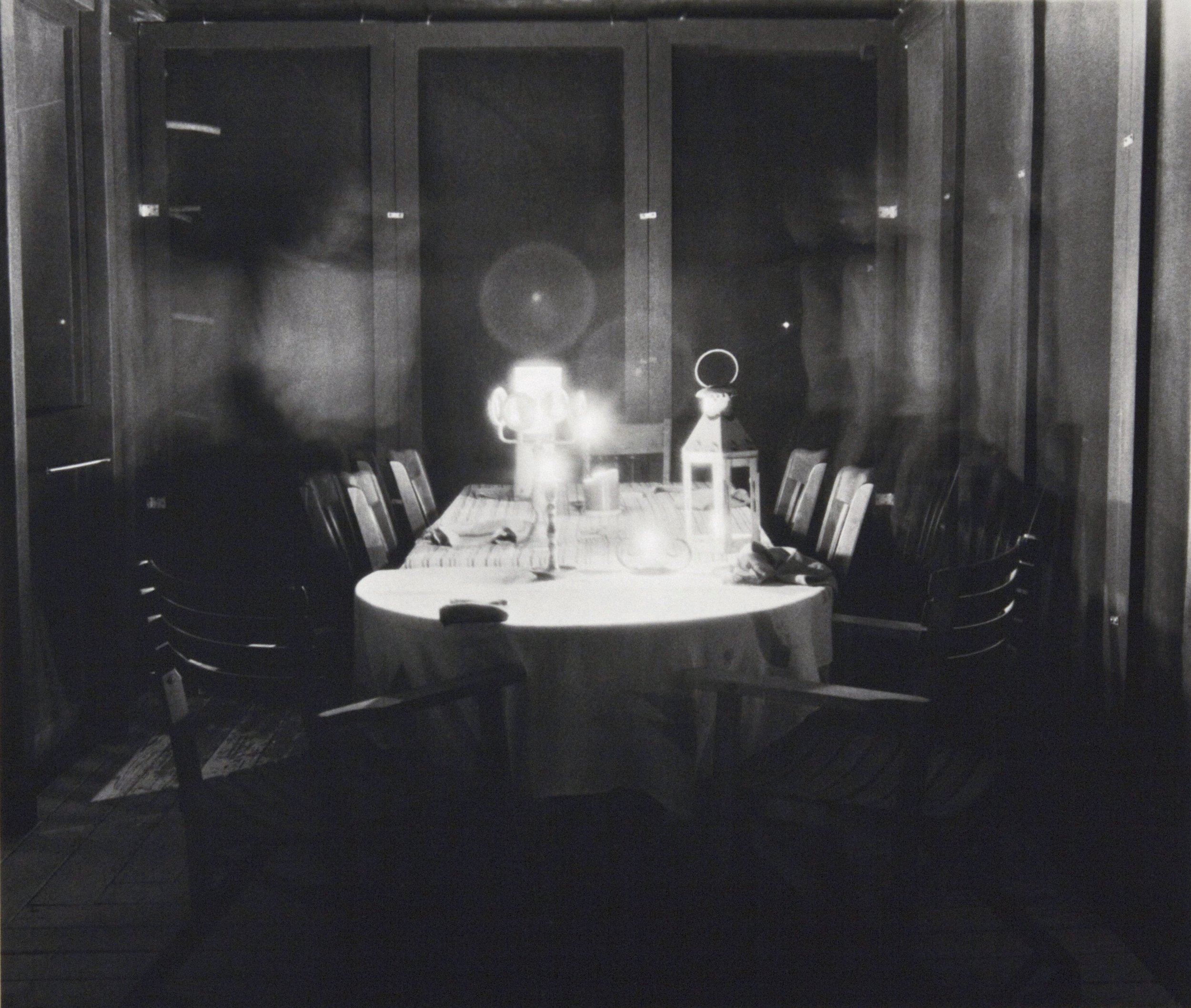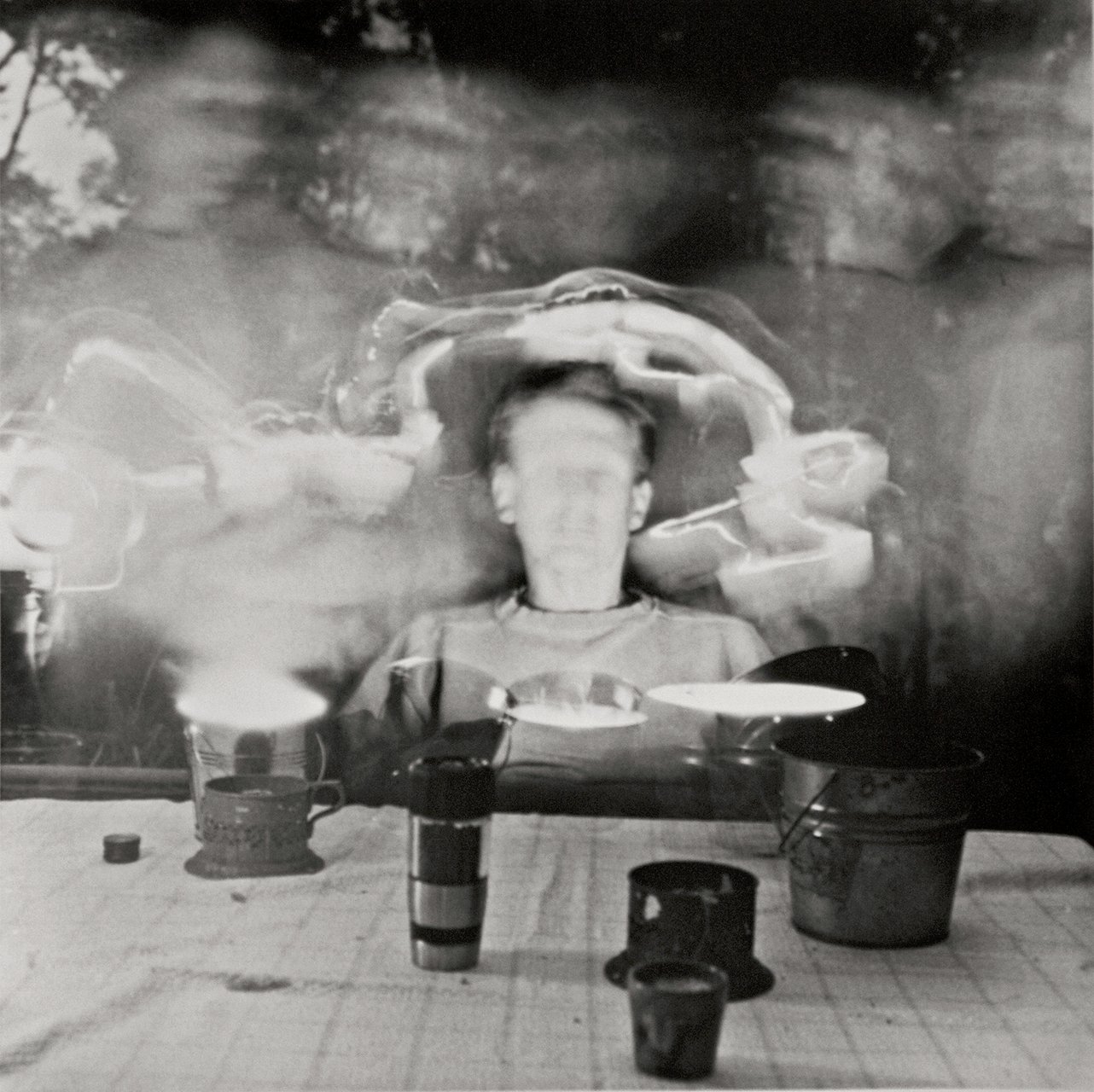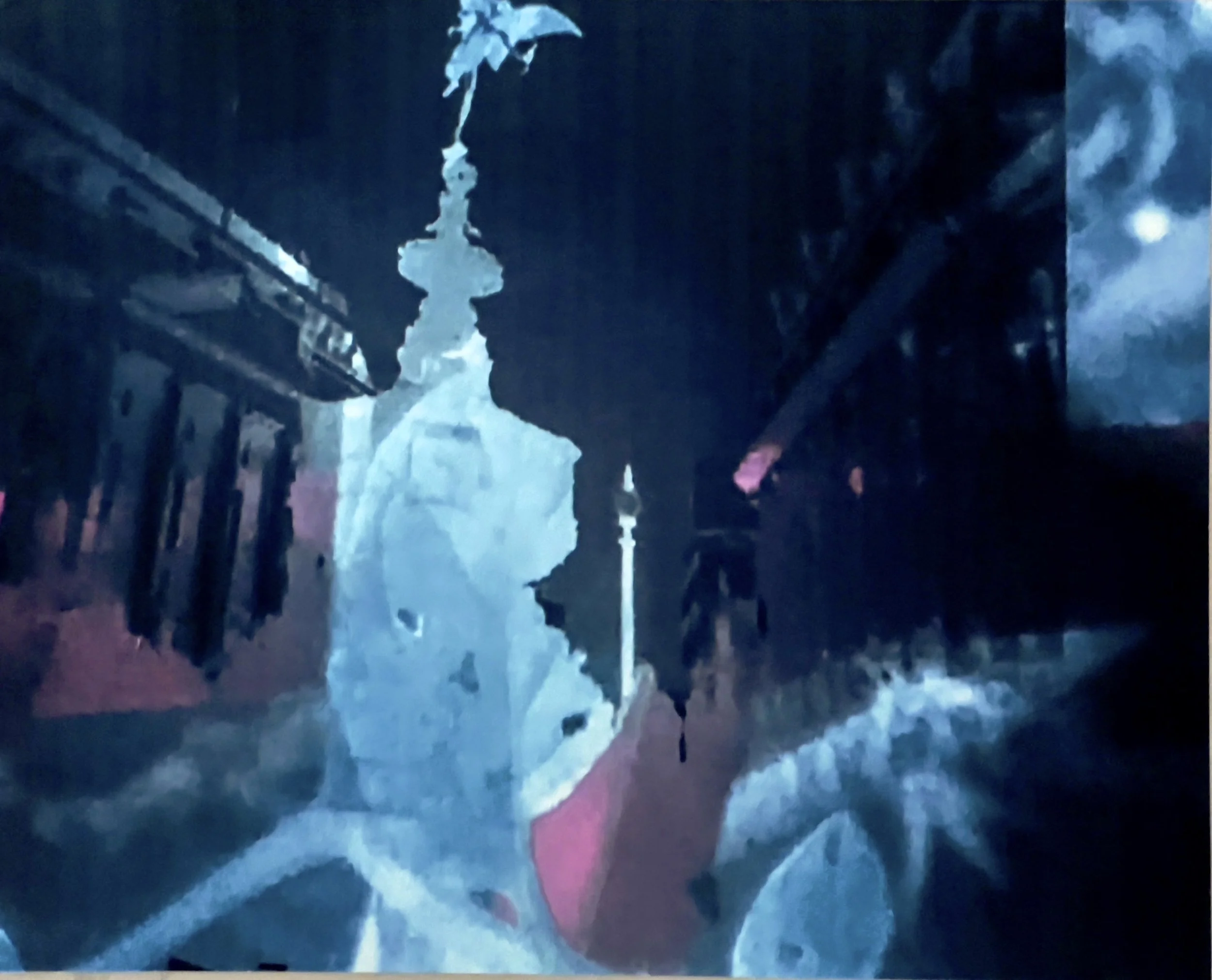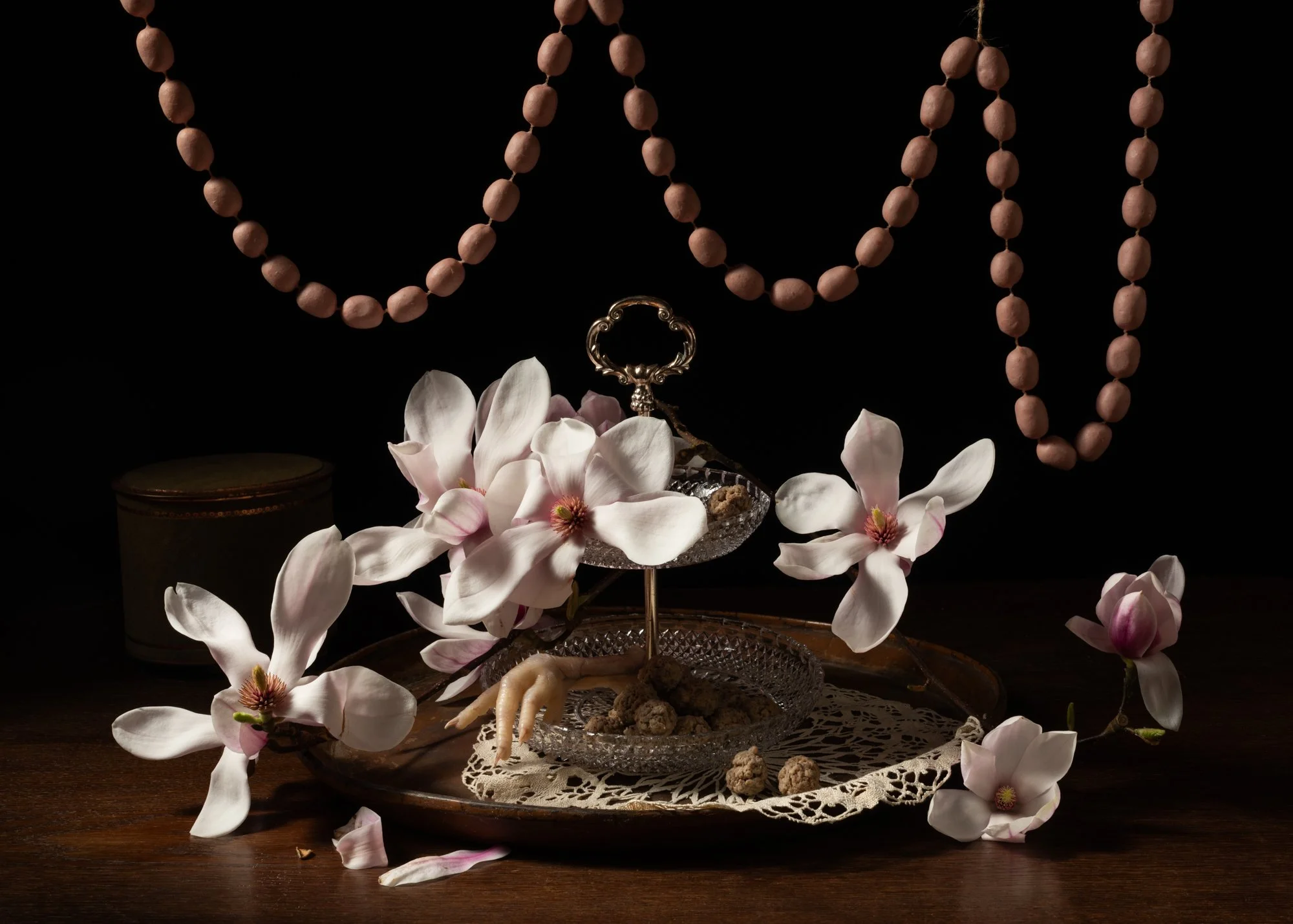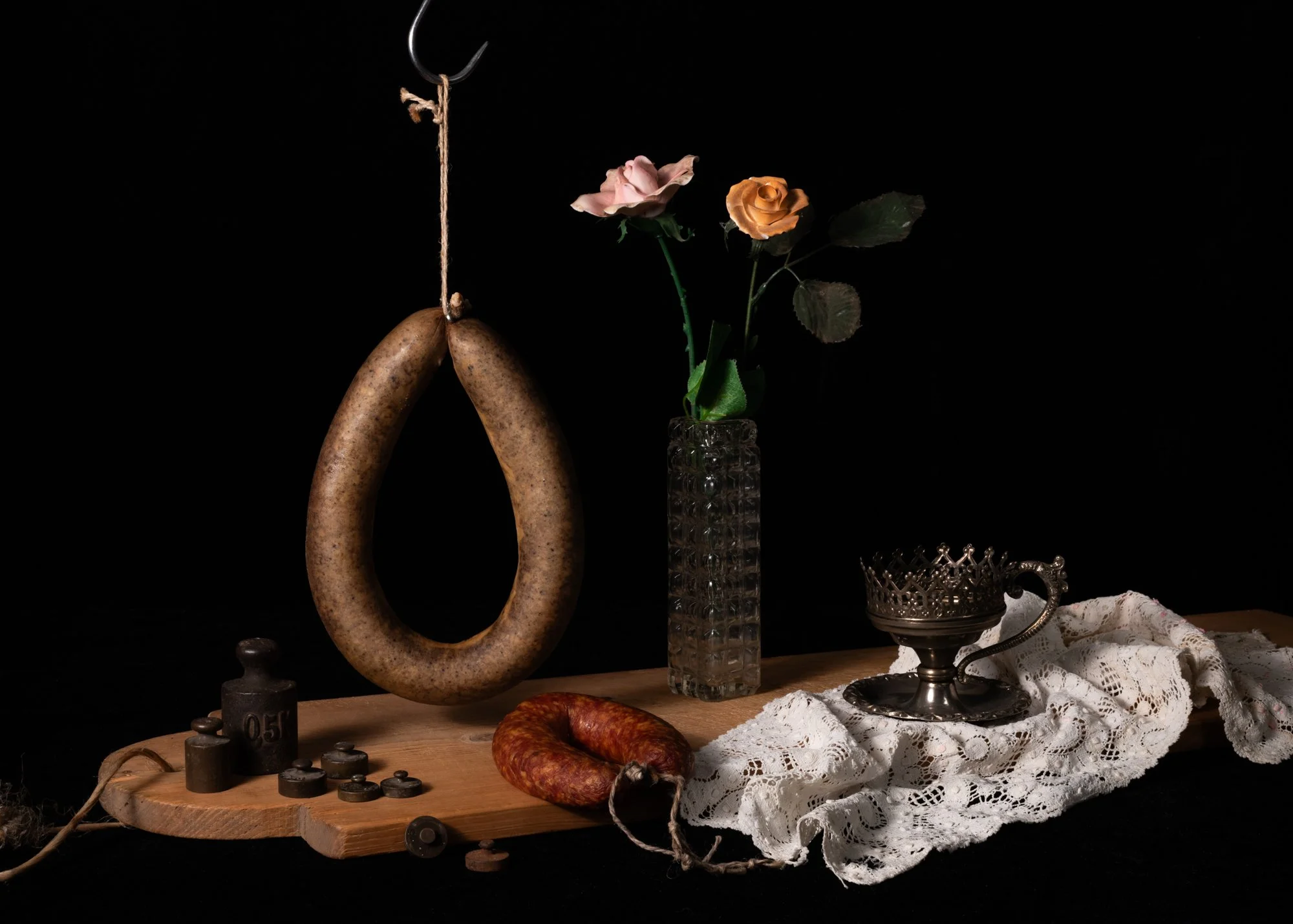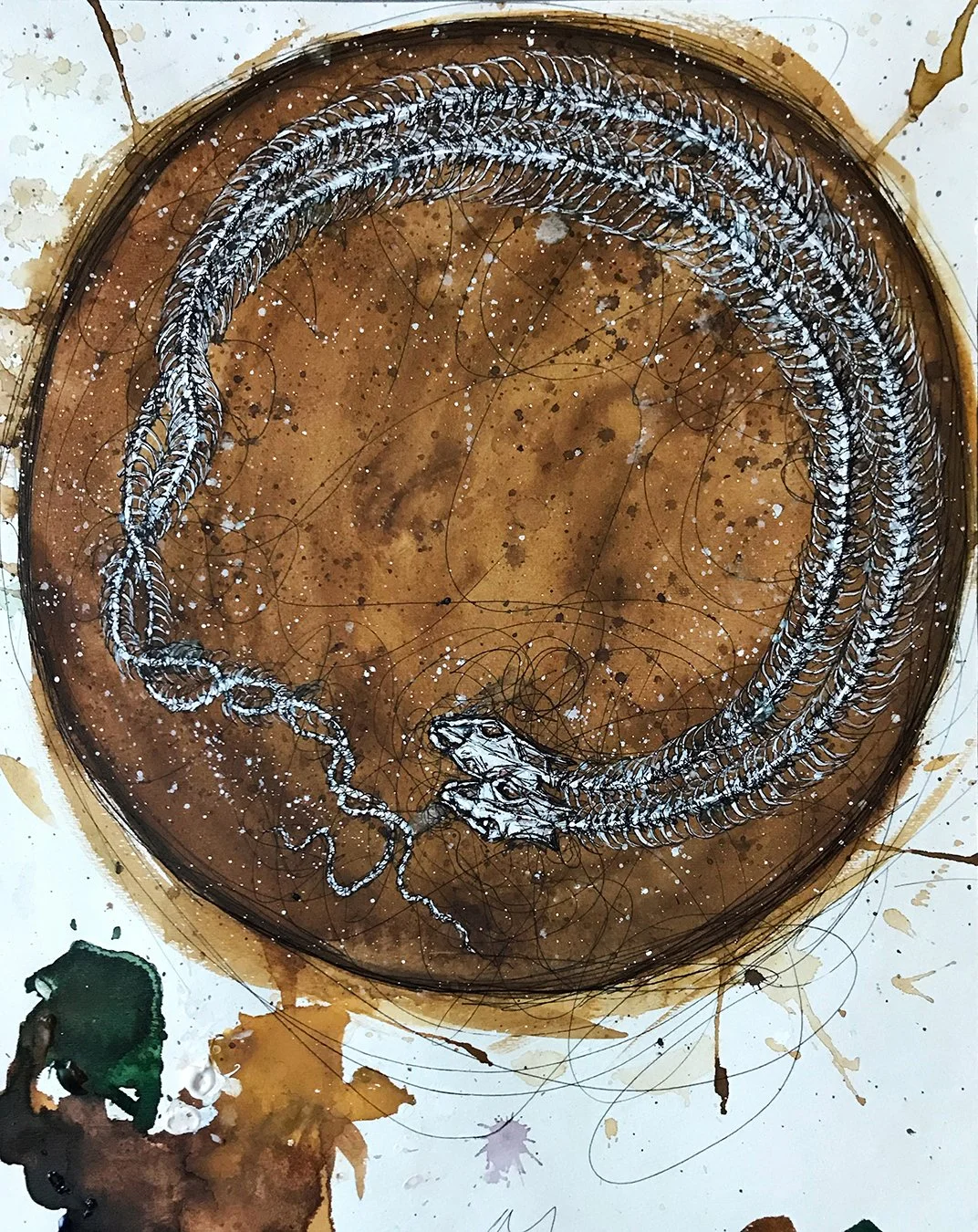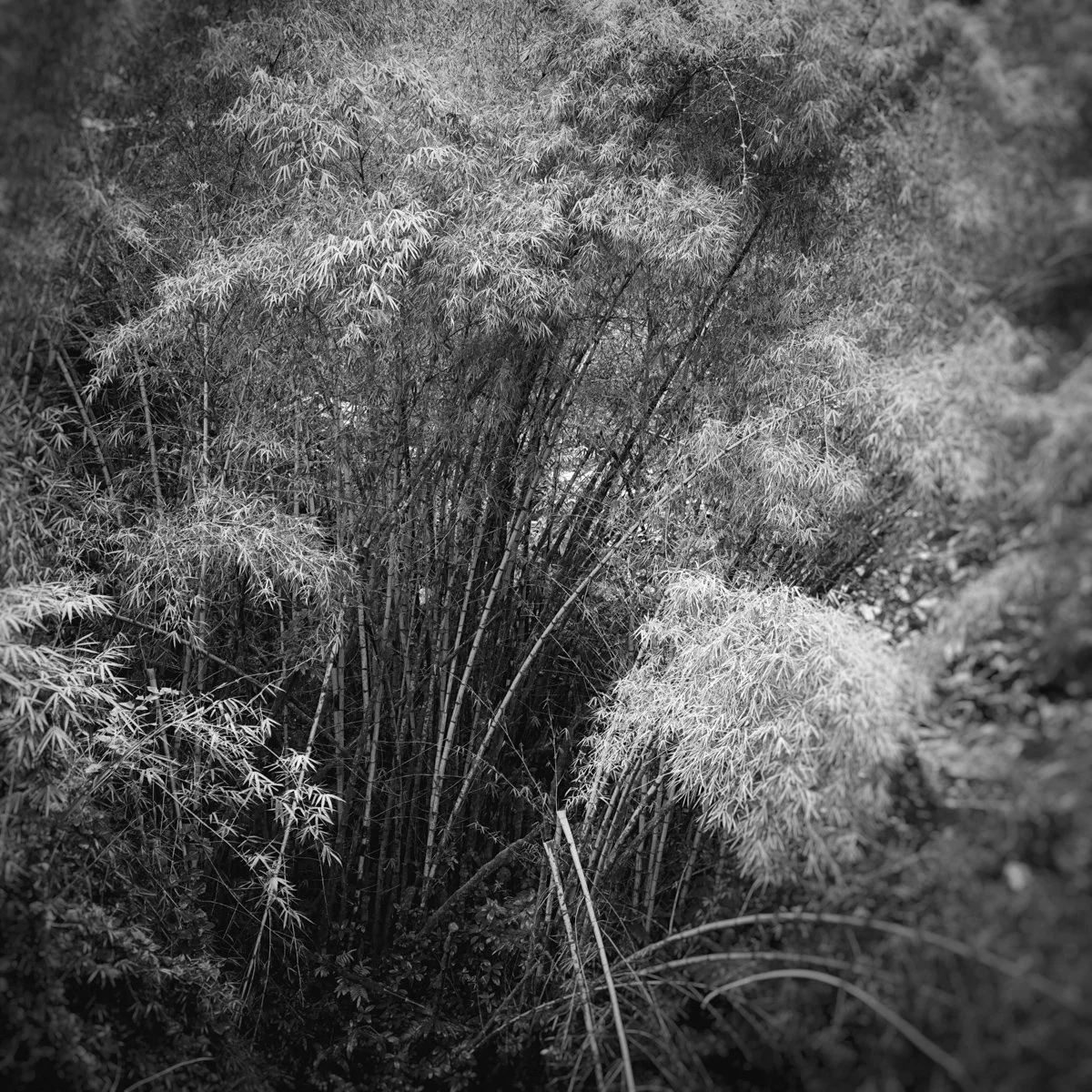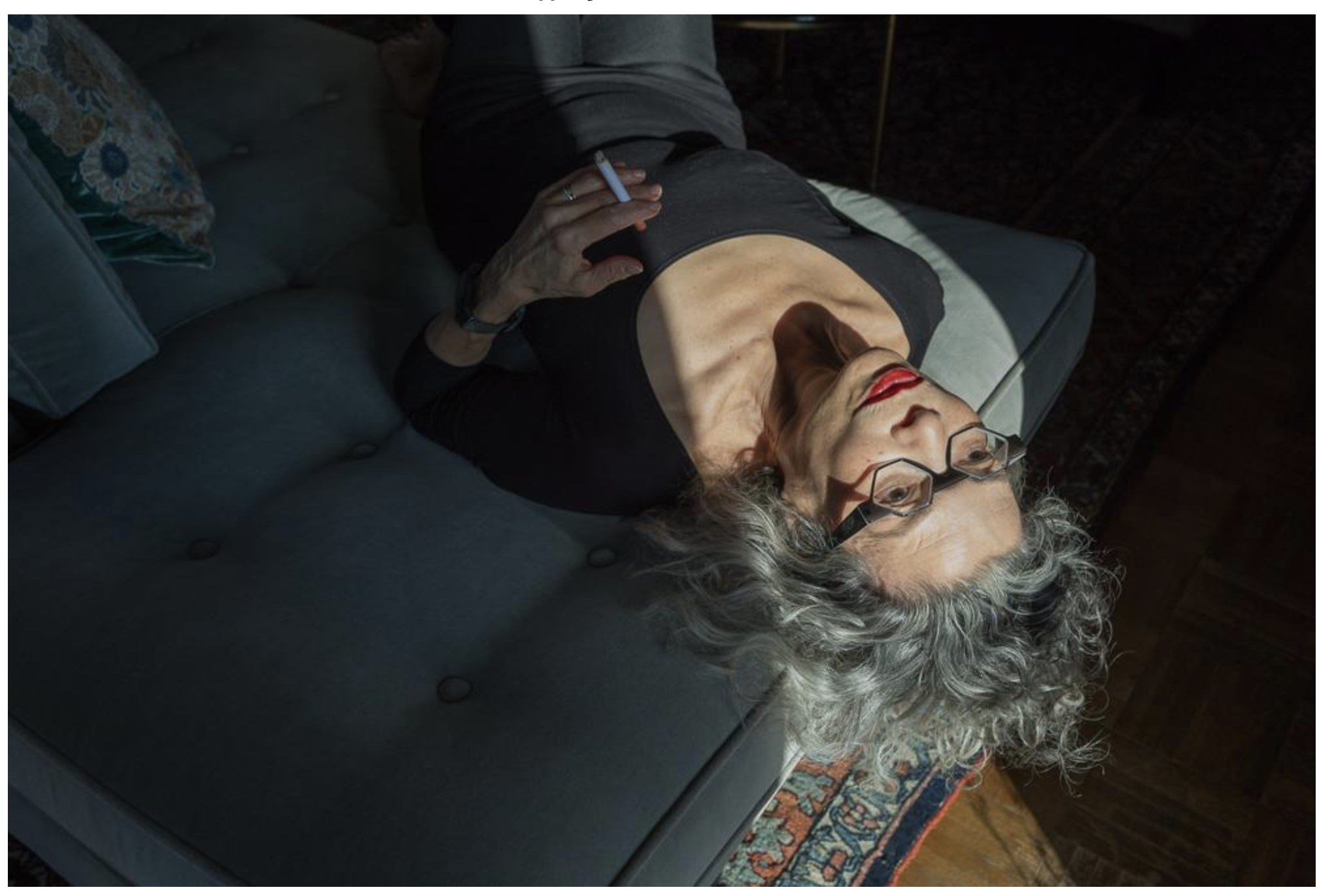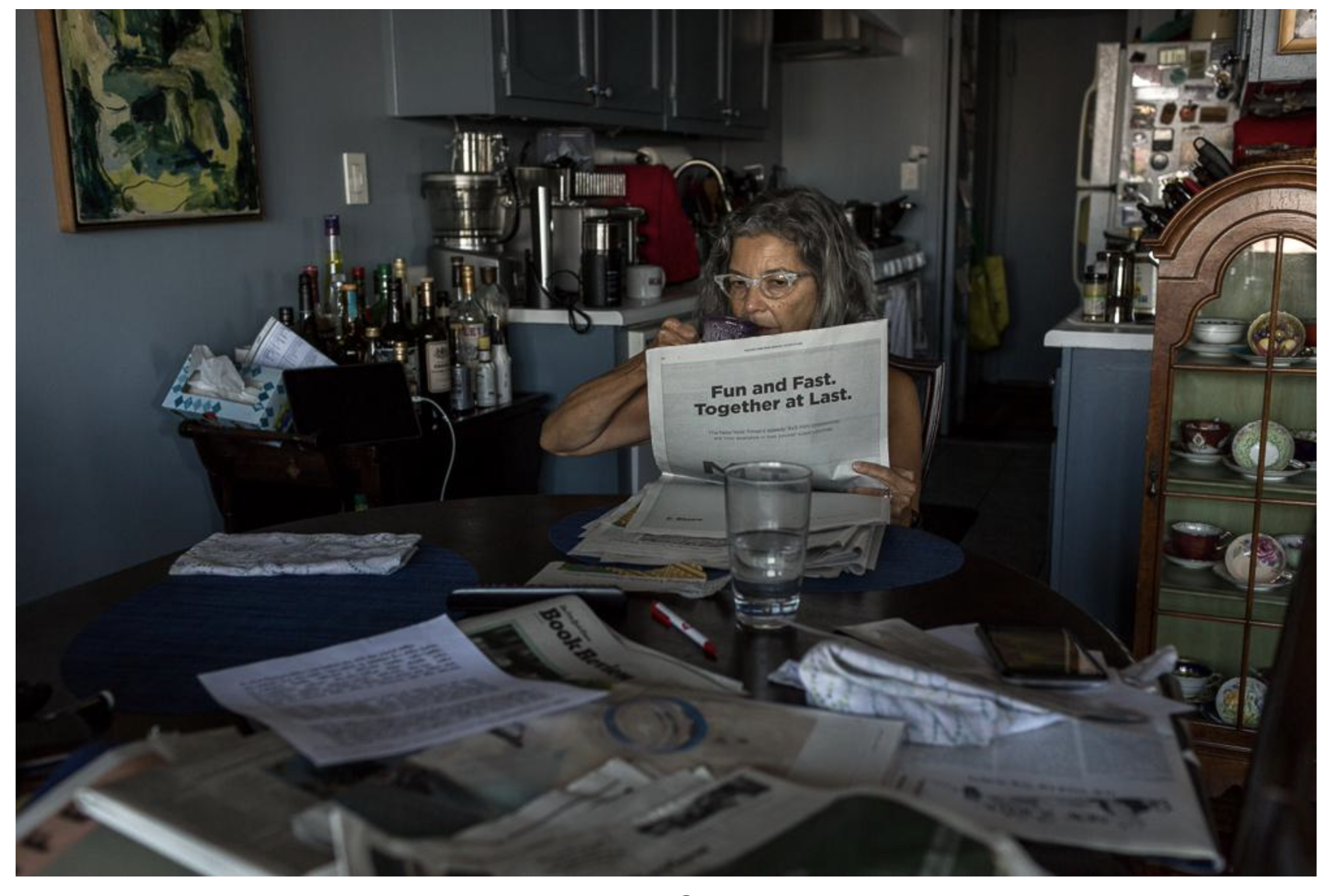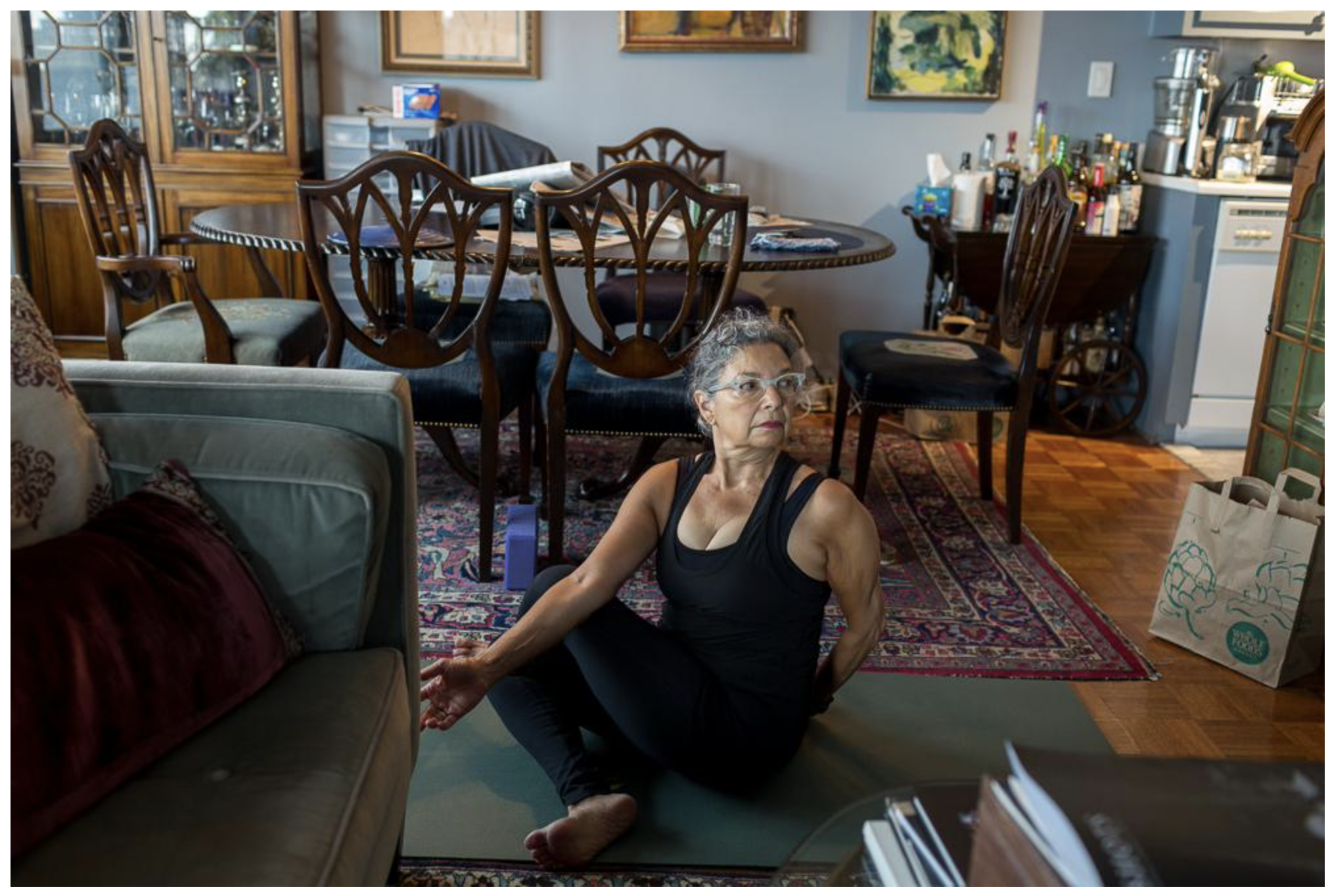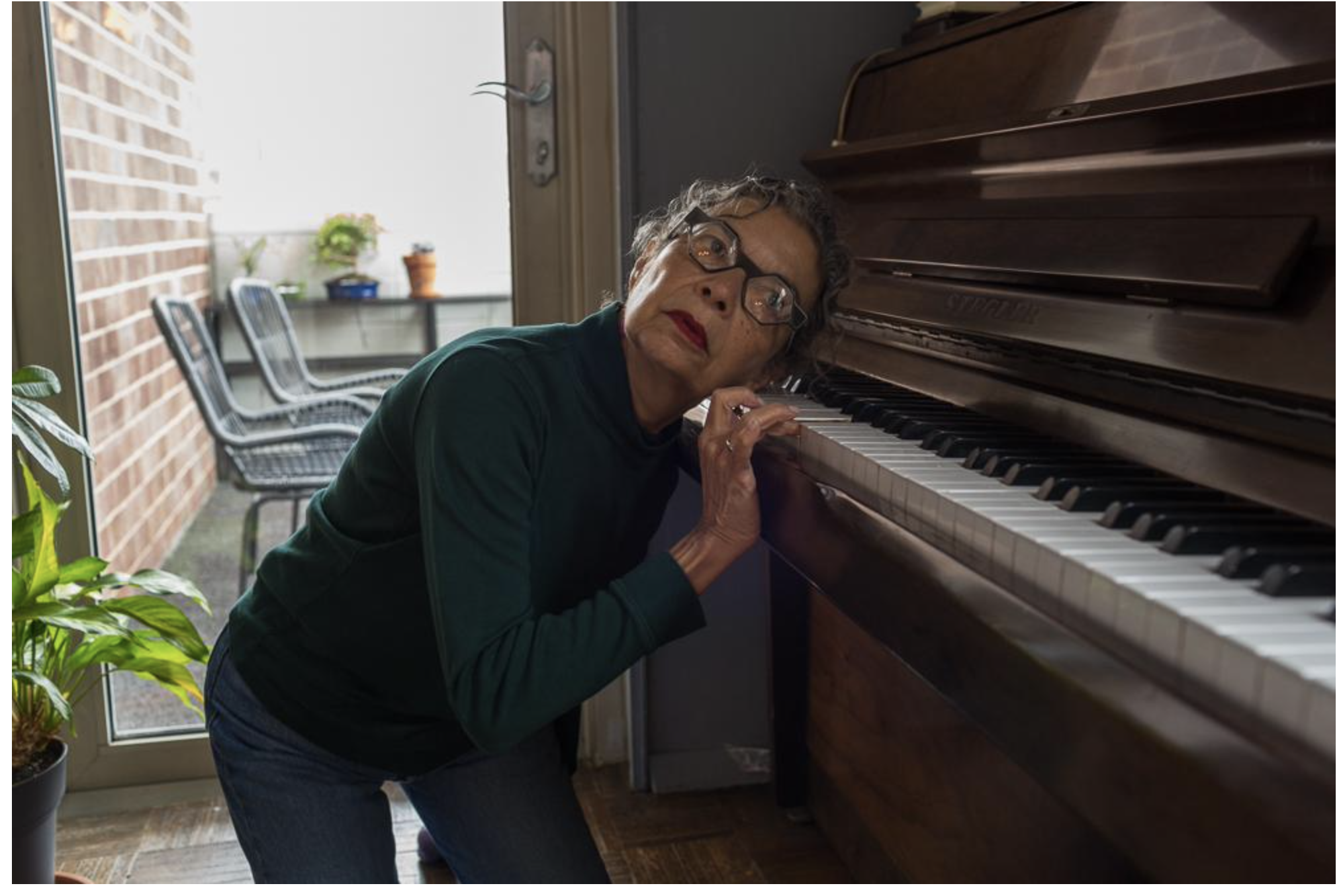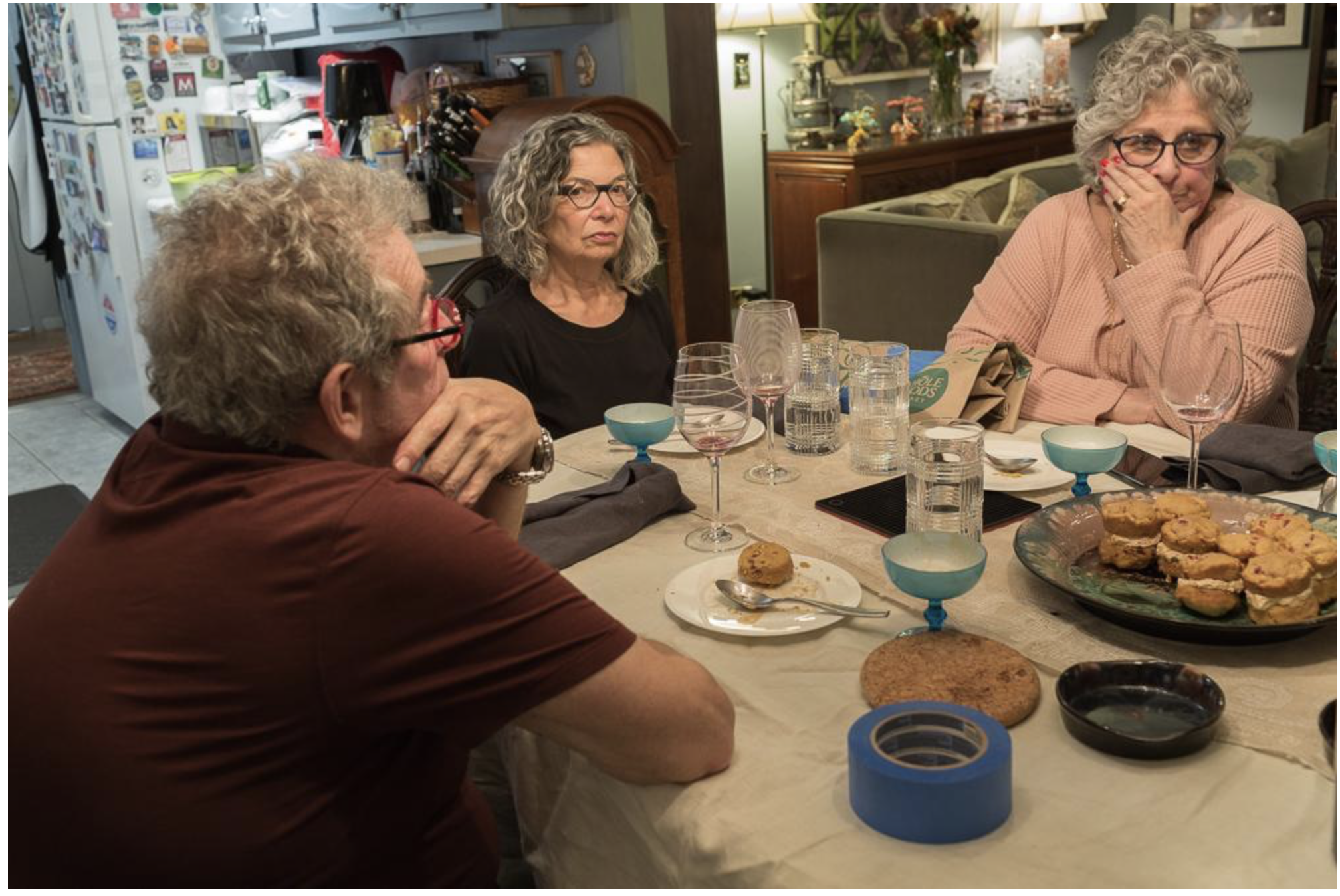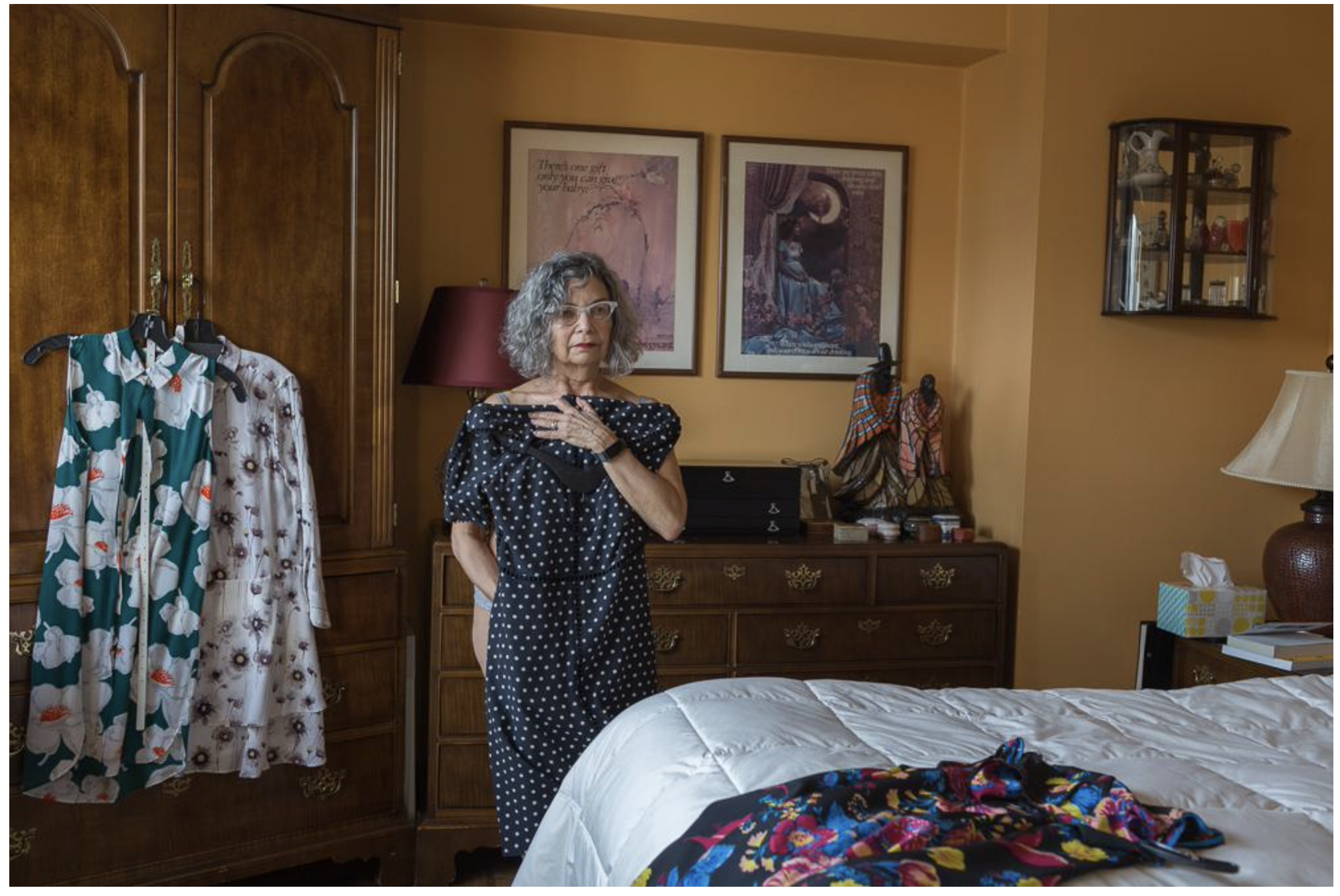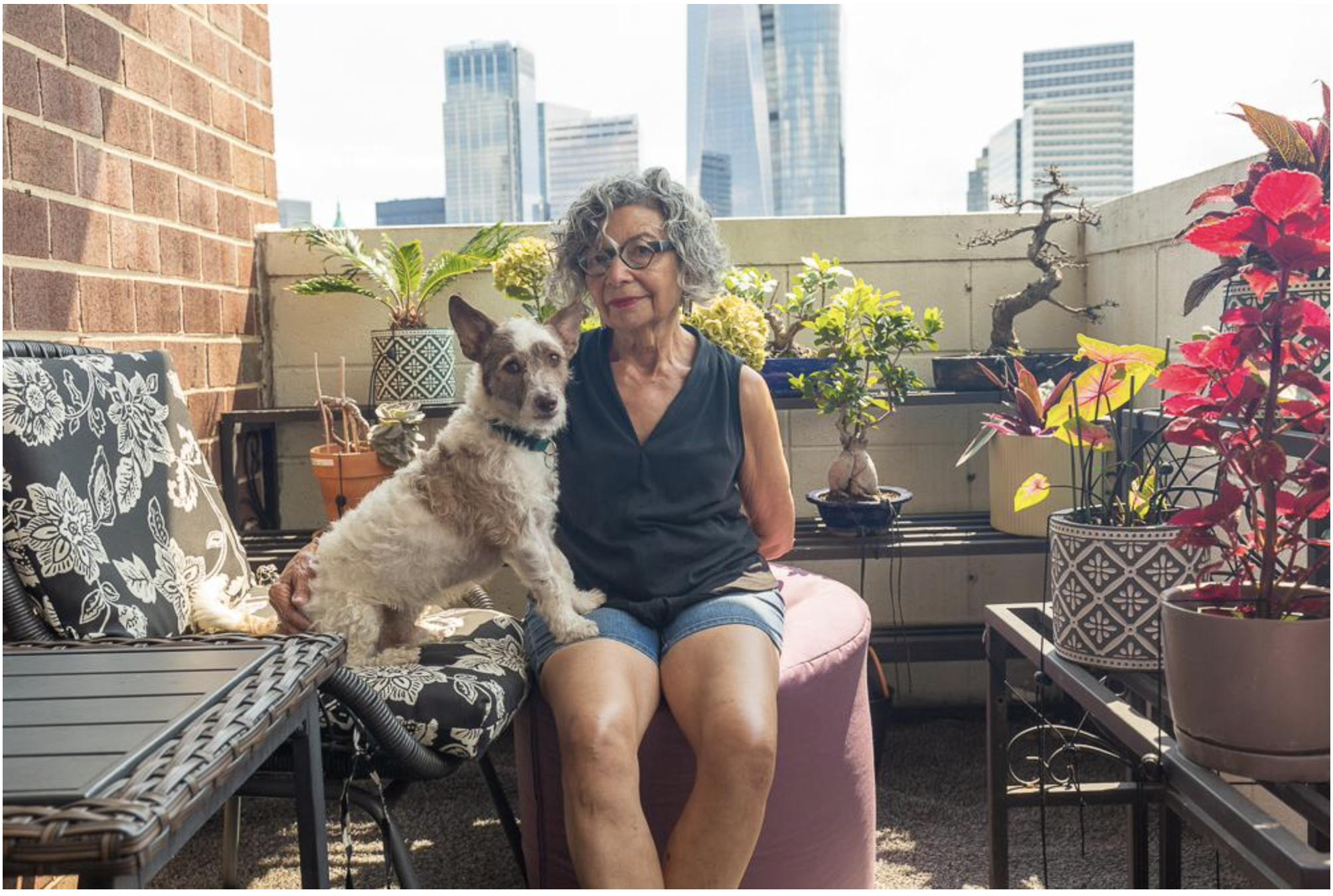A wonderful feature by Megan Gray in the Portland Press Herald. Audio only
Women in Print; A Celebration of Works on Paper
A Collaboration with Grippy Tannins featuring a curated group of wines by women vintners
August 1 - September 27
ARTIST TALKS: FRIDAY, 5 - 8 PM, SEPTEMBER 19,Panel Discussion:
Susan Rosenberg Jones, Jeannie Hutchins, Tara Sellios, susan Theodora white, christine higgins, Lisa Mossel
Unlike other mediums, women were at the forefront of the advent of photography as makers. Because of this, they helped shape the development of the art form, and experimented with every aspect of the medium. One hundred and eighty- ish years later in Maine it’s still happening. MMPA is lucky to collaborate with quite a few contemporary innovators and experimenters; women photographers that we esteem. This exhibit runs the gamut from the traditional to the avant-Garde, and is executed with superior works in a range of contemporary and antique processes (many artists employ several all at once). The topics also have a breadth of variety; The self, the landscape, conservation, motherhood, companions (or in some cases dogs), aging, place, unconditional love, documentation, the psyche, trees, identity or cultural heritage (via food), feminism and beauty are all explored in this exhibit. Come, meditate on the medium and the great women photographers of Maine and New England. - Denise Froehlich, Director of MMPA
June Kim
Deb Dawson
Joyce Tenneson
Tara Sellios
Lisa Mossel
Jeanie Hutchins
Sal Taylor Kydd
Asia Kepka
Astrid ReiscHwitz
Claire Seidl
Elizabeth Greenberg
Bernice Abbott
Caroline E. Savage
Sara Stites
Karen Olson
Linda Connor
Susan Theodora White
Fay Godwin
Carol Eisenberg
Christine Higgins
D.M.Witman
SUSAN ROSENBERG JONes
Denise Froehlich
June Kim
June Kim, Judgement Day. 2025, Mixed media on inkjet print, 22.5 x 29.625 inches, $4,900
“My black and white photographs capture fleeting, quotidian moments—mundane scenes that pulse with quiet significance. Each image is a canvas, painted over with deliberate strokes to evoke new narratives or transport viewers into alternate dimensions. The interplay of stark monochrome and vibrant paint disrupts the familiar, inviting reinterpretation of the everyday. Animals frequently emerge in these works, their presence layered with symbolism: a dog embodies empathy, a bird soars as love, a lion radiates power, or a deer hints at otherworldly spirituality. These creatures bridge the tangible and the ethereal, guiding viewers through emotional and metaphysical landscapes. By blending photography’s raw realism with painting’s transformative alchemy, I aim to reveal the unseen stories woven into daily life, encouraging a deeper connection to the ordinary and the profound. My art is an invitation to pause, reflect, and reimagine the world’s hidden depths.” - June Kim
June Kim makes paintings, photographs, videos and installations that are inspired by the human and animal connection. She is best known for her performative photographs and videos of herself and her wolf-like dogs. The dogs appear in ways that are metaphorical as well as diaristic, and provide a portal to the mythical, mystical and primal. In addition, Kim conveys the concept of equity as it pertains to all living beings, promoting a greater understanding and empathy for the interconnectedness of life. Most recently, she has been working on documenting her mother who has Alzheimer’s. Kim received her MFA at Pratt Institute, and has exhibited in NY, LA, Paris, Seoul and Busan. She has been featured in magazines such as BOMB, Crush Fanzine, Fanzine, and VUU. Kim is faculty at the College of the Atlantic and splits her time between Maine, New York and California with her four huskies.
It is easier for me to take ten good pictures in an airplane bathroom than in the gardens at Versailles. - Sally Mann
Berenice Abbott
Berenice Abbott, Route One Texaco, n.d. (circa 1950’s) Silver print, 16.5 x 11.5 inches, $14,000
The photographer is the contemporary being par excellence; through his (her) eyes the now becomes the past. - Bernice Abbott
Berenice Abbott, n.t. (Maine post office interior), circa 1954, Silver print, 11.5 x 16.5 inches, $16,000.
Berenice Abbott (1898-1991) American photographer best known for her 20th century portraits, 1930 images of NYC, and 1940-1960 science interpretations. She studied under Man Ray and exhibited with Alfred Stieglitz. Abbott, played a pivotal role bridging the photographic scenes of Paris and New York. Born in Ohio, she initially pursued sculpture, forming key connections with Marcel Duchamp and Man Ray in New York. Her journey led her to Paris in 1921, where she continued her sculptural studies and ultimately delved into photography, working as Man Ray's assistant. Following Eugène Atget's passing, Abbott collaborated to acquire his archives, preserving his legacy. Abbott's dedication to a documentary style of photography and her promotion of Atget's work left an indelible mark on the art world, with her retrospective at The Museum of Modern Art in 1970 solidifying her legacy.
The challenge for me has first been to see things as they are, whether a portrait, a city street, or a bouncing ball. In a word, I have tried to be objective. What I mean by objectivity is not the objectivity of a machine, but of a sensible human being with the mystery of personal selection at the heart of it. The second challenge has been to impose order onto the things seen and to supply the visual context and the intellectual framework – that to me is the art of photography. – Berenice Abbott
Joyce Tenneson
Joyce Tenneson, Scare Bleu, Day to Night, AP, 2024, 22” x 17” inches, $1,900
Haunting, ethereal, mystical, – all of these words describe the photographic style of Joyce Tenneson. Her photos command a complex and intense emotional response from the viewer. Tenneson’s images are a mysterious alchemy of sensuality and spirituality lit in an almost otherworldly glow. Vicki Goldberg, critic and author, writes: “Tenneson possesses a unique vision which makes her photographs immediately recognizable.” Internationally lauded as one of the leading photographers of her generation, Joyce Tenneson’s work has been published in books and major magazines, and exhibited in museums and galleries worldwide. Her portraits have appeared on covers for magazines such as: Time, Life, Newsweek, Premiere, Esquire and The New York Times Magazine. Tenneson is the author of seventeen books including the best seller, “Wise Women", which was featured in a Today Show series. She is also the recipient of many awards and, in a poll conducted by American Photo Magazine, readers voted Tenneson among the ten most influential women in the history of photography. The Lucie Awards named Joyce Tenneson as Fine Art Photographer of the Year in 2005, and in 2018 she received the Lucie Award for Outstanding Achievement in Portraiture. In the Fall of 2014, Fotografiska Museum, in Stockholm, Sweden, mounted a large retrospective of Tenneson’s work. In 2021 Tenneson was inducted into the International Photography Hall of Fame.
I’ve heard many times that with all good artists it’s ultimately a self-portrait even if it’s an abstraction. I feel my work is very much who I am. I didn’t try to make it that way; it just is. It reflects who I am and also my interests. - Joyce Tenneson
Claire Seidl
Claire Seidl, Clean up, 3/4, 2020, Silver print, 20 x 16 inches, $1,900
“My painter’s eye directs me in shooting, developing, and printing the photographs. Elements intrinsic to painting, like gestural line, multiple layered space, and ambiguous form and content, are all present. Some people see my photographs as abstractions, but they are deeply rooted in the real world; they are filled with specifics of place and people and natural phenomena - and their ephemeral nature. My approach to realism is subsumed by the camera itself, which reveals what we can’t see - in the dark, for example - or what is lost when we shift our gaze. Many of my photographs are taken at night when our ability to see clearly is limited but the open gaze of the camera dispassionately records everything. I use long exposures which capture the small, even insignificant or sporadic movements of a person, a shaft of light, or slow-moving waves on a lake, revealing a visible record of time passing, of memory enhanced. All of my photographs suggest a human presence, with or without figures in them. People, usually family, both inhabit and escape from the frame of the camera. The viewer can also step into this space, filling an absence as if crossing a threshold. In long exposures, the figures become ghostlike as their movements are recorded over time, while the man-made elements of home (the things we leave behind) seem fixed in time. I open the lens and walk away. Little or no attention is paid to the camera on its tripod, standing there by itself. When people stay put, their expressions grow inward as they stare into space. When they move and gesture, they become blurred and ghost like while their surroundings appear permanent. At times, the images feel like a flash of memory, a moment held. I am very interested in how we see (or don’t see) what is right in front of us. The camera gathers more visual information, especially over time or in the dark, than our eyes can. It can hold multiple layers of space and reflections in focus while we can only perceive one at a time. My photographs show more than the unassisted eye can see. They are not manipulated in the darkroom.” - C. S.
Claire Seidl has been an abstract painter for just over forty years and a photographer for twenty. She grew up in Riverside, Connecticut and moved to New York City after receiving her BFA from the College of Visual and Performing Arts at Syracuse University. She received her MFA in Painting from Hunter College, City University of New York and went on to study photography at the International Center for Photography. She lives and works in New York City and in Rangeley, Maine. Seidl exhibits nationally and internationally, has had 40 solo shows, and has participated in over 100 group shows. In Maine, she exhibited with Icon Contemporary for decades and, most recently, with Corey Daniels Gallery. She has had shows at CMCA (Center for Maine Contemporary Art) and at Pho Pa, June Fitzpatrick, Aucocisco galleries. Her work has been exhibited and collected by Portland Museum of Art, Ogunquit Museum, University of Maine Museum of Art, Bates College Museum of Art, Zillman Art Museum at University of Maine and University of New England. In 2022 solos shows included, “If It’s Not One Thing It’s Another” at 1GAP Gallery in Brooklyn and “Violets Are Blue” at David Richard Gallery in NYC.
The painter constructs, the photographer discloses. - Susan Sontag
Caroline E. Savage
Caroline E. Savage, London Over Garden, 1/1, 2024, Digital Photograph layered negative, 8” x 10” inches, $1000
“Moving from the precision of photographers Ansel Adams, Aaron Siskind and Minor White, the romance of Imogen Cunningham to the experimentation of filmmakers Marie Menken, Hollis Frampton and Malcolm Le Grice, I honed my craft at the San Francisco Art Institute, immersed in possibilities of painting with light, time and motion. Musicians John Cage and Steve Reich introduced me to chance, strategy and synchronicity to discover and reveal the harmonic sound patterns in nature. I make landscapes that are based on formal associations of interconnected moving light, line, and color which open a unique poetic vein. Multilayered images arise in which the fragility and instability of our seemingly certain reality is questioned. By applying abstraction allowing the camera to record light and movement, I investigate the dynamics of landscape. Rather than presenting a factual reality, I create sequences which reveal an inseparable relationship between motion, light and space. By questioning the visual concept of movement, I formalize the coincidental and emphasize the aleatory process of color and light composition.” - C. E. S.
“I have lived in Port Said Egypt, Karachi, Pakistan; London, England; Arlington, Virginia, Dobbs Ferry, New York and San Francisco and Pacifica, California, and Carlisle, Philadelphia, Pennsylvania. Currently, I live in Portland, Maine. I travel by airplane, train, car, ship and foot across landscapes, terrains always in flux, our transient geography. This shaped my interest in noticing and experiencing the landscapes as a voyeur and flaneur of the transitory world. Light, time, space, chemical and physical processes became my artistic tool.” - C. E. S.
One reason I was interested in photography was to get away from the preciousness of the art object. – Cindy Sherman
Asia Kepka
Asia Kepka and Lynn Dowling, Home Alone, From the Horace and Agnes book and portfolio, 2013, Inkjet print, 17 x 22 inches, $900.
“Horace & Agnes A Love Story was inspired by 2 masks, a horse and a squirrel, that for whatever reason, reminded me of a middle aged couple. I envisioned them embarking on a mid-century romance. As I continued to shoot, themes began to develop. Having recently concluded a more cerebral, darker body of work, I saw brightness in this couple. There was color. There was comfort in the nostalgia. There was hope. This project became an assemblage of feelings from the loss of passed loved ones, their possessions, and their stories. The masks became a vehicle for others to participate literally and figuratively. A litany of friends and some strangers joined our team to pose as characters and those participating as viewers could see themselves or their parents or their grandparents in these roles because the masks dismissed common features and biases. The images are mostly self-portraits and shot on location or in a set designed in our house. Props are carefully curated and usually meaningful to the character, the story, or the artist. The photo, Dandelion Field, features a giant vintage umbrella. This came from my American family that brought me to the states. During shooting, a woman stopped to thank me for making her day. She grew up with that umbrella. There are stories to most of the photos. They may mention people that have passed or a memorable scenario from childhood. It’s silly what you remember and what can hold meaning in one’s life. The search for connection is the viewer’s choice. I’ve been there, I’ve seen this, I’ve lost that. There is something for everyone. The devil is in the details and hope springs eternal.” - A. K.
“The day I was born my grandmother cried. The tears were not tears of joy, she cried because she had never seen such an ugly baby. Many years later, I became a model and a whole new world opened to me. It was fun, but even more fun awaited me when I land in NYC 20 years later. I arrived with $100 in my pocket but my boundless enthusiasm was priceless. My friend greeted me at the airport and gave me my first point and shoot camera. Things were never the same. I felt like a dog hanging its head out of the window of a fast moving car. With camera in hand and every little English, I embarked on a career as a photographer. I was lucky to start with the best clients imaginable: Wired, Time, Fortune, and the NY Times. I am a girl with an enormous amount of imagination, creativity, and hunger for learning. I love shooting everything—from labor intensive productions involving a crane and an 8x10 camera, to doing a cover shoot of Bill Gates where I’m only given 90 seconds to do it, to emotionally charged stories that require patience and the gaining of someone’s trust. I can make people laugh but I also sit down and cry with them. My background in art (I studied set design at Polanski’s Alma Mater in Lodz) comes in quite handy—from making clothes to building a one woman orchestra.” - A. K.
If you are not willing to see more than is visible, you won’t see anything. – Ruth Bernhard
DM Witman
D M Witman, Elegy X, 1/3, 2019, Gold tone salted paper photographs with hand painted gum- bichromate, 2019, 19 x 19 inches, $1,500
“The American painter William Bradford set off for an expedition to experience the monolithic icebergs in 1864 off the coast of Labrador in the North Atlantic Ocean. He was accompanied by William H. Pierce, a photographer from Brunswick, Maine. The original glass plate photographs from Pierce, are believed to be the first photographs of icebergs. In this suite of images, I attempt to draw attention to the plight of the Arctic, and the human and more-than-human species via climate disruption where no one or place will be spared. Historian, scholar, and author Geoffrey Batchen leans into an understanding of Roland Barthe’s seminal book Camera Lucida regarding the image of a dead young man, I read, “This will be and this has been; I observe a catastrophe which has already occurred.” Barthes discerns that every photograph contains the sign of his death, and that the essence of photography is the implied message: ''That has been.'' And so, too, the Arctic and its fleeting icebergs have “been”. Arctic Elegy The American painter William Bradford set off for an expedition to experience the monolithic icebergs in 1864 off the coast of Labrador in the North Atlantic Ocean. He was accompanied by William H. Pierce, a photographer from Maine. These photographs by Pierce may be the first known of these icy structures. Historian, scholar, and author Geoffrey Batchen leans into an understanding of Roland Barthe’s seminal book Camera Lucida regarding the image of a dead young man, I read, “This will be and this has been; I observe a catastrophe which has already occurred.” Barthes discerns that every photograph contains the sign of his death, and that the essence of photography is the implied message: ''That has been.'' And so, too, the Arctic and its fleeting icebergs have “been”.” - D. M.
DM is a transdisciplinary artist working with photographic media, video, and installation. Her work explores climate disruption and the impacts of human influence on ecological and societal webs. Her research and creative practice are deeply rooted within the realm of the effects of human impacts on this world, and most recently, “ecological grief”. The world is experiencing a time of extraordinary ecological loss - of species, habitat, ecological connectivity, and personal connection to the natural world. As individuals and communities deal with the shifts in the physical environment, so too, must we deal with the psychological and existential changes to ourselves and our communities. She shares her time between the banks of the St. George River in Maine and the Borderlands of South Texas. Her work has been exhibited internationally, and she is the recipient of grants from Maine Arts Commission, The John Anson Kittredge Fund, and The Kindling Fund (a re-grantor for The Warhol Foundation).
I try to make art which celebrates doubt and uncertainty. Which provokes answers but doesn't give them. Which withholds absolute meaning by incorporating parasite meanings. Which suspends meaning while perpetually dispatching you toward interpretation, urging you beyond dogmatism, beyond doctrine, beyond ideology, beyond authority. - Sherrie Levine
Christine Higgins
Christine Higgins, Current, 2024, Oil ink on paper, 22 x 26, inches, $850
“Color, pattern, light, and movement are found in my work. I am drawn to contrast and juxtaposition – the presence of fragility and strength. Water wearing down the hardness of rock, moss clinging to untenable surfaces, the abandoned and forgotten, growth despite adversity. Present are layered elements of time in what has come before, vestigial traces of history portraying past evidence in the present. I look to the sublime in the sometimes over-looked ordinary.” - C. H.
Christine Johnson Higgins works in her woodland studio in Readfield Maine. She earned her B.A. in art from Marietta College, Ohio, and M.Ed. in Integrated Arts from Lesley University, Cambridge, Mass. Her work has been exhibited throughout the Northeast, Ohio, Ecuador and Finland, and she has been featured in various publications. Seasonally, she explores pulp painting and other fiber techniques during the summer, while taking photographs and translating them into photogravure prints year round.
All the technique you can learn - and you should learn everything you can - you should have it here in the fingers not here in the head - and then you forget about it. -Lotte Jacobi
Jeanne Hutchins
Jeanne Hutchins, Unforeseen, 1/15, 2020, Gum over Cyanotype mounted on deckled Aquarelle, mounted artwork 20” x 15” inches, $360
“I am interested in making photographs that question not only visual reality but existential reality as well. The photographic process is what allows me to explore space, time, mortality, and immortality without being constrained by my culture’s expectations. I use the camera to try to find answers to Life’s Unanswerable Questions. I still have no answers, so I keep on photographing. No Answers I don’t believe in a god yet she confronts me. I ask what is beyond the stars yet, don’t know what is here. I feel the movement of time but I don’t know where it is going. I want to know what is next but can’t even know what is now. I ask if my future lies in the Abyss and grapple with that possibility. I feel the draw of my culture’s mythology but don’t trust the metaphors. I choose but don’t know what I’ve chosen.” - J. H.
Ever since the night she photographed deep into a midnight blue lake and found that she could see to the end of the universe, Jeannie Hutchins has been using the camera to make images that explore life’s unanswerable questions. Her images often confront met a physical concepts regarding our relationship with the Cosmos. These images have been exhibited and collected internationally. Jeannie lives back in Maine after decades living “away” in both the USA and Canada. She proudly received her MFA in May, 2024, from Maine Media College in Rockport, Maine
The painter constructs, the photographer discloses. - Susan Sontag
Linda Connor
Linda Connor, Maui, 1978, Silver print, 9.5 x 7.5 inches, $3000
Linda Connor is an American photographer based in San Francisco, is renowned for her landscape photography. Over her career, she has captured diverse landscapes in numerous countries like India, Mexico, Thailand, Ireland, Peru, and Nepal. Additionally, she has been a professor in the Photography Department at the San Francisco Art Institute since 1969 and served on the board of Friends of Photography from 1985 to 1999. In 1999, she founded and became the president of Photo Alliance.
The camera makes everyone a tourist in other people's reality, and eventually in one's own. - Susan Sontag
suzanne theodora white
Suzanne Theodora White, Still Life Sticks, 1/2, 2022, Archival Pigment Print, 35” x 45” inches, $1,850
“My photographs are everyday observations, simply moments, perhaps, in their own way, revealing the unseen or the layered. I expect a good piece, be it a painting or a photograph, to take on a life of its own and bear up to repeated scrutiny, like a book you want to re-read. In my work I like to see ambiguity, sensuality, lusciousness of surface and texture, and the puzzle of time.” - S. T. W.
Trained as a painter, Suzanne studied at the School of the Museum of Fine Arts, Tufts University, and has an MFA from Maine Media College. She was a two-time winner of fellowships awarded by the Boston Museum of Fine Arts. After receiving the first of these awards, she spent over a year on the road traveling alone, overland, through Europe, the Middle East, Asia, and the Far East. In the 1980’s and 90’s she made extended trips to South America to study birds in the Amazon basin and Central America. Suzanne has had many solo exhibitions and has been included in group shows over her long career including Yale University, New Haven, CT; Cove Street Arts, Portland, ME; Museum of Fine Arts, Boston; The De Cordova Museum, Lincoln, MA; Newport Art Museum, Newport, RI; Art Institute of Boston; Thomas Segal Gallery, Boston, MA; and Colby College, Waterville, ME. Suzanne lives in Maine with her two dogs and a large flock of chickens.
Suzanne Theodora White, Still Life Ferns, 1/2, 2022, Archival Pigment Print, 35” x 45” inches, $1,850
My aspirations are to ennoble Photography and to secure for it the character and uses of High Art by combining the Real and Ideal and sacrificing nothing of the Truth by all possible devotion to Poetry and Beauty. – Julia Margaret Cameron
Astrid Reischwitz
Astrid Reischwitz, Chicken Fricassee, 2024, Archival Pigment Print, Ed. 1/6, 15” x 21” inches, $1,200.00
“The Taste of Memory explores personal and collective family narratives woven through still life compositions, intertwining threads of home, heritage, and identity. Through the careful arrangement of ingredients and culinary artifacts, I pay homage to the kitchen traditions that have shaped my family's story across generations. My compositions offer a visual journey through the tastes and textures of traditions inspired by Dutch still life paintings–and the family kitchen table. Old family recipes from my village in Northern Germany serve as both muse and medium in my artistic practice. In a small farming village, fruits and vegetables from surrounding fields and gardens were preserved for wintertime use. Herbs and sausages were hung from the kitchen ceiling to dry. Recipes were passed down from mother to daughter, from one generation to the next. The recipes, stained with use and memory, serve as gateways into family histories and village culture. As memory shifts in the act of recollection, recipes evolve over time, mirroring the dynamic nature of cultural identity. Some of the images include embroidery fragments, reminiscent of old decorative dish towels from the village. These patterns, once created as celebratory symbolism for births, weddings, and funerals, now speak of loss and the gradual disappearance of cultural rites. Through the arrangements of everyday objects, I evoke the familiarity and comfort of domestic spaces. Each item from my family’s now uninhabited farmhouse holds a story, a connection to the past, and a reflection of the present. From heirloom crochet doilies, passed down through generations, to weathered kitchen utensils, The Taste of Memory serves as a portal to the heart of home, a goodbye to a memory lost and an invitation to create a new recipe, a new memory, and a new story.” - A. R.
Astrid Reischwitz follows a path through the lives of her ancestors, their layout of a perfect pattern and the mistakes they made. In Spin Club Stories, Astrid Reischwitz explores personal and cultural memory influenced by her upbringing in a small farming village in Northern Germany. She uses keepsakes from family life, old photographs and embroidered fabric from the village to build a world of memory, identity and home. The Boston based artist takes cues from the old tradition of spin clubs in her village, where village women met to spin wool and create needlework— and share stories while they worked. She transforms this tradi- tion of storytelling into a visual journey. Her own embroidered designs are partial representations of her ancestral linens, emphasizing the fragmentary nature of recollection. By following the stitches in these fabrics, she follows a path through the lives of her ancestors and converses with the past.
The smartphone and social media are the most significant changes to the medium (photography) over the last 20 years. But what is interesting is how little photography has changed. The history is the medium shifting and changing to technological advances and the world at large; that continues. - Susan Bright (This quote is pre A.I.)
Lisa Mossel
Lisa Mossel, Justification, 1/10, 2022, Pigment print, 11 × 15 inches, $300.00
“There is nothing more powerful that beauty in a wicked world.” ~ Amos Lee, singer/songwriter
“I picked up a camera in 1995 with the intention of making large landscape images full of space and drama in which I hoped to escape from childhood trauma. But my camera explored more intimate landscapes, like found in a flower. I stopped chasing the horizon and began to search my own back yard. I depend on my intuition and awe when choosing subjects and work to create the image that is to be found by looking consciously. Botanicals have always drawn me in with their color, vibrations, form, life force. Flowers to me are like messengers from another realm, a bridge between the world of physical form and what is ultimately formless within ourselves. They remind me of the goodness and vitality that exists within myself. I need this reminder as a salve for my trauma. I keep my creative process simple eliminating the distractions and burdens of equipment, making images in natural light in their natural settings. Images are made “in camera” and have miniscule amounts of post-processing “make up” showcasing what exists naturally, it’s just a matter of my discovery and close attention. Each time I make an image, I respond to my trauma by bringing forth something of beauty and centering it. My creative process of seeing and making images is deep healing for me. Making a botanical image is much more than just sharing a pretty picture. As a woman, the notion of Beauty is certainly complicated and nuanced. I reclaim the notion of beauty to serve my purpose. Vitality. Complexity. Magic. Mystery. Resilience. Power. Fortitude. Rebirth. Beauty is an ancient and unstoppable force that I gather and disperse through my photography, a force that waits like Spring in Winter deep within the Earth and is available to each of us just by looking closely.” - L. M.
Lisa Mossel is a lens-based artist who grew up in Chadds Ford, PA, a suburb of Philadelphia. Her practice uses intuition and awe to explore her surroundings. With a particular focus on botanical subjects, Mossel centers beauty to illuminate its importance to our spiritual wellbeing. The natural world is a salve for her own childhood trauma, the seeing and making of images providing deep healing. Mossel is a graduate of Clark University and is currently Director of the Archipelago store and gallery in Rockland. She now lives in Appleton, Maine.
I very strongly believe that if you go back to your roots, if you mine that inner territory, you can bring out something that is indelibly you and authentic – like your thumbprint. Its going to have your style because there is no one like you.” – Joyce Tenneson
Sal Taylor Kydd
Sal Taylor Kydd, Wanting Out, 1/10, rom Yesterday book by Sal Taylor Kydd, 2021, photopolymer gravure, 6 x 9 inches, $800.00
Photographs from the book “Yesterday” made during the summer of 2020. Although much of the country was in the midst of the Covid 19 pandemic, on this remote island off the coast of Maine, we still felt free from much of the toll that Covid was taking. Able to spend time outside, in nature, we had the illusion of safety, of normalcy almost, whilst at the same time being painfully aware of how the virus was increasingly touching everyone's lives. By then we all knew of people who had died, or become ill and we were managing the stress of futures shifting and plans that had been derailed, fearing what would come with the change of the seasons. That summer represented a pause in time, a moment where life could feel normal, when we were still holding on to a world of yesterdays.
Maine-based photographic artist and writer Sal Taylor Kydd uses various photographic media in a personal narrative that explores themes around memory and belonging; combining her poetry with alternative processes of photography and object-making.
Once a woman who does street work said to me, 'I've never photographed anyone I haven't asked first.' I said to her, 'Suppose Cartier-Bresson asked the man who jumped the puddle to do it again - it never would have been the same. Start stealing! -Imogen Cunningham
Tara Sellios
Tara Sellios, Sketch for Infestatio, 1/1, watercolor, gouache, ink on paper, 20 x 15 inches, $3,400
“I strive to create images that elegantly articulate the totality of existence, focusing heavily on life’s underlying instinctive, carnal nature in the face of fragility and impermanence. The concept of morality in relation to mortality has possessed a significant presence within the history of art, ranging from religious altarpiece imagery to the work of the vanitas painters. Manifesting melancholic themes with beauty, precision and seduction forces the viewer to look, despite its grotesque and morbid nature. Through these images, I aspire to make apparent the restlessness of a life that is knowingly so temporary and vulnerable. My work is highly process oriented, with many layers that all play off of each other. Before photographing, watercolor sketches are made of the scene to establish the concept visually. From the sketch, I figure out colors and materials needed to build the tableau, which is a sculptural endeavor. The insects and skeletons used are real and acquired from across the globe from various collectors of specimens online. Arriving brittle and fragile, the insects must go through a process of rehydration to mount them into the new shape, giving them a sense of movement. The arrangement of the still life scene is then photographed using 8x10 color film and natural light. The film is scanned and edited with minimal photoshop work to remove wires, glue and the base structures that were used to hold it together. The large format allows for immense detail and texture, with the potential for mural size prints, making them larger than life and referential to painting.” - T. S.
Tara Sellios is a multidisciplinary artist working mainly in large format photography and also in drawing, sculpture and installation. Since receiving her BFA in photography/art history in 2010, she has exhibited both locally and nationally. Recent solo exhibitions include her first solo museum show, Ask Now the Beasts at Fitchburg Art Museum (Fitchburg, MA), Infernalis at Gallery Kayafas (Boston, MA), Sinuous at C. Grimaldis Gallery (Baltimore, MD) and Testimony at Blue Sky Gallery (Portland, OR). Her work is part of several permanent collections, including The Museum of Fine Arts Boston, the Museum of Photographic Art @ San Diego Museum of Art, The Danforth Museum and the RISD Museum. Her visceral, highly detailed photographs are intensely planned and process oriented, often using organic matter like animal skeletons and real, dried insects. Living and working in her South Boston studio, she uses an 8×10 view camera to photograph these arrangements which result in dramatic, painterly still-life photographs wrought with sensuality, lightness and darkness, and religious symbolism.
A piece of paper or a photograph is as much an object, or as 'material' as a ton of lead. - Lucy Lippard
Elizabeth Greenberg
Imaginary Places, Hawaii Portfolio, 1/10, February 24, 2023, Archival pigment print, 17 x 22 inches, $1,200 each
“With my camera, I explore as an archeologist of memories and myths. I look for evidence of secrets, to tell stories of magic, mystery, love, loss, and memories of things never seen. I make opportunities for the unexpected by using antique and plastic lenses, to create evocative, soft-focus images. Working in black and white, I transform the present into reflections of the past. My photographs suggest fictitious memories of moments and places as imagined, as if I am the first to discover them. The images are of what is not there, but for me.” - E. G.
Elizabeth Greenberg is an artist and educator living on the coast of Maine. She is an explorer of places and memories of that which has never been seen. Elizabeth’s passion for photography is her guide for living a life and career immersed in a daily conversation about looking at and making pictures. She is Provost at Maine Media Workshops + College and teaches in all programs at Maine Media, including a workshop in Hawaii.
I tend to think of the act of photographing, generally speaking, as an adventure. My favorite thing is to go where I’ve never been. - Diane Arbus
Karen Olson
Karen Olson, Resonance, 1/5, 2025, Inkjet Print, 20 x 30 inches, 1,400 each
“The heart utilizes neurons similar to those in the brain, with more neural pathways flowing from the heart to the brain than vice versa. This two-way communication fundamentally shapes our perception of the world. As we experience our surroundings, the heart receives and encodes information, maintaining a constant neural dialogue with the brain. Through its ability to both transmit and receive electromagnetic energy; the heart serves as a true organ of Perception. The heart sense represents a unique form of intelligence that extends beyond our Five conventional senses. Through our sensory experiences, we can cultivate a heart centered awareness that reveals our deep connection with life around us. This inner knowing of the heart awakens our intuition and imagination, drawing us naturally toward a more coherent relationship with our world. In cultivating the heart sense, we become known by other beings and we in turn come to know them deeply.” - K.O.
Karen Olson is a lens-based artist working at the intersection of human emotion and the natural world. In her figurative and nature-inspired work, she uses concept-based projects to explore the human-nature connection and its role in fostering mental health and communication. Working in photography and paper sculpture, she employs the act of constructing, deconstructing, and reconstructing with both physical materials and digital files. Karen's process includes earth pigments, Japanese and Korean papers, and ancient art techniques.
I try to make art which celebrates doubt and uncertainty. Which provokes answers but doesn't give them. Which withholds absolute meaning by incorporating parasite meanings. Which suspends meaning while perpetually dispatching you toward interpretation, urging you beyond dogmatism, beyond doctrine, beyond ideology, beyond authority. - Sherrie Levine
Susan Rosenberg Jones
Susan Rosenberg Jones, Self Portrait Series, 1/4, AP, 2020, Archival digital print, 10 x 16 inches, $500
Grappling with Uncertain Times
“In July of 2020, after having photographed my husband and surroundings daily as a pandemic project, I began making self-portraits. I wanted to see how I appeared in my mildly depressed state. The pandemic and politics were taking their toll on my psyche. In addition to the anxiety around the state of our country and the world, I also had the time to focus on my aging body which was being visibly harmed by too much time spent on the couch in loungewear. I love making these images, mainly because I work differently in this space than when making portraits of other people. It is a collaborative process when I work with my sitters to create a portrait. We banter as I move them around, speaking while photographing. For the self-portraits, it doesn’t work to simply choose an environment and set up the tripod. I need to think and plan the shoot for a while – sometimes a couple weeks or so, where an idea comes to mind, often from a dream, and I let it percolate. The final step before shooting is planning how best to illustrate the story in my mind. I continue to make these photographs, at times including family members to explore my loving relationships. Anxiety about aging and isolation remain, albeit with some hope for the future.” - S. R. J.
I am a portrait and documentary photographer based in New York City. My work explores themes of home, family, community, identity, aging, love, and relationships. I was a Critical Mass Top 50 recipient in 2017 for Second Time Around and in 2021 for Widowed. My work has been exhibited in solo and juried group exhibitions at the Center for Fine Art Photography, Baxter Street at CCNY, the Griffin Museum, and Maine Museum of Photographic Arts, among others. Recent book publications include Memory Orchards (Candela Books), and Of Covid (+kgp | Monolith) . My first monograph, Second Time Around, was published in December 2023.
Featuring: Susan Rosenberg Jones, Second Time Around
This Peanut Portfolio Book includes one signed and numbered original photograph and one signed and numbered hardcover book, 40 pages, 18 color plates. In 2012 Rosenberg Jones, having been widowed, married her second husband, Joel. She began shooting in her own home, and Joel was a willing subject. From this practice, Susan’s body of work, titled Second Time Around emerged. Susan explores her feelings about growing older, family and community connections, through photography. Prints shown in our previous exhibit: Figurative: The Body as Language.
I don’t have two lives. This is one life, and the personal pictures and assignment work are all part of it. - Annie Leibovitz
Carol Eisenberg
Carol Eisenberg, Impossible Still Lifes 2, 1/8, 2025, Photography inkjet print, 30 x 22.5 inches, $1750
“I create constructed digital images that blur the line between painting and photography. This duality of aesthetics is an essential component of my approach to art and life. I am drawn to the polarities of beauty and decay, the contrived and the natural, the excessive and the elegant.All of my compositions begin with originally sourced imagery selected from photographs I shoot in my studio or on location in mid-coast Maine where I live half the year or my neighborhood and surroundings in Tel Aviv, Israel, where I reside the other half, as well as on my extensive travels here and abroad. As an active participant in the feminist movement in the 1970s, the principles of inclusion, equality and justice underlie my work in the breadth of source material and the embrace of beauty in all its forms.” - C. E.
Carol Eisenberg has been a practicing photographer since the 1990s. She received her MFA in Media Studies and Photography from Maine Media Workshops + College, Rockport, ME. She specializes in creating digitally constructed images from originally sourced photographs she shoots in the studio and on location in Maine and Israel—where she resides—as well as on her extensive travels here and abroad. Eisenberg’s work has been featured in Décor Maine, Maine Art Journal, Portland Press Herald, and Lenscratch, among others. In 2020, her work was the subject of solo exhibitions at the Maine Jewish Museum, Portland, ME, and Carver Hill Gallery, Camden, ME. Her work is in both public and private collections nationwide.
Carol Eisenberg, Impossible Still Lifes 1, 1/8, 2025, Photography inkjet print, 30” x 22.5” inches, $1750
A photograph is not an opinion. Or is it? - Susan Sontag
Sara Stites
Sara Stites, “Deja Vu”, 1/1, Archival Ink jet print, 22" x 17" inches $1,700
“By layering these components, I explore the interplay between spontaneity and structure, preservation and transformation, and the shifting relationship between personal mark-making and the environments that shape it. The projected drawings originate as organic, uninhibited marker "scribbles" in my notebooks—forms that emerge instinctively, often inspired by nature. These sketches are a constant in my practice, created when I’m away from the studio and later integrated into paintings alongside realistic, geometric, or comical elements. For this series, I used a wallpaper-like background derived from a photograph of a wall in my studio, over which I projected enlarged, cropped images of drawings from my notebooks.The background image is a record of a personal archive: plants I collected on walks, used in drawings, and later pinned to my studio wall. When I changed studios, I photographed this evolving collection as a way of preserving its presence.” - S. S.
Sara Stites (b. 1950) is an American painter and photographer known for creating imagined narratives that draw upon the complex relationship between the internal and external worlds, calling upon personal history and thoughts and emotions in response to current events and the pull of desire. A native New Yorker, Stites received her BFA from Syracuse University in 1972 and MFA from Pratt Institute in 1976. A crucial part of her childhood was spent in Puerto Rico, where she witnessed the break up of her parent’s marriage. This early experience awakened an interest in exploring “power politics” on an intimate level in her art.
There is indeed something omnivorous about the act of photography. It offers a way of responding to everything about everything.
- Lucy R. Lippard
Deb Dawson
Deb Dawson, Storm Sea, AP, 2024, Archival Pigment Print, 26 x 39 inches, $1850
January 13, 2024… With a camera in a plastic bag slung over my aching shoulder, boots still sodden after being emptied of sea water many times through the day, I trudged as far as I dared to the edge of the rocks at Two Lights State Park. Tired and feeling defeated by a second major winter storm that lashed our coast within a week, I wasn’t really interested in making any photographs. I spent the day near the end of Two Lights Road, knee deep in frigid sea water trying to clear a storm drain of debris with a snow shovel. Along with my neighbors, we waded and cleared as the ocean streamed down the street and into our basements. Our hope was to give the vast quantity of sea water a place to go other than our homes. A futile effort. Later, as I stood at the edge of the raging sea, angry mountains of water, roaring into Kettle Cove… Heavenly light through the mist, like I’ve never seen washed over me along with a few other stormy sea spectators. I gasped, breathless for a moment until I remembered the camera weighing on my shoulder.
Deb Dawson, Clearing Storm, AP, 2024, Archival Pigment Print, 39 x 26 inches, $1850
Deb Dawson was introduced to Maine 30 years ago while honing her photographic eye and craft at Maine Media Workshops + College before completing her BFA in Photography with a minor in Art History at the University of Southern Maine. Embarking on a series of adventures as an archaeological and museum photographer in Carthage, Tunisia, she later returned to explore Maine’s craggy coast building an off-grid homestead, working in graphic design, then earning her merchant mariner captain’s license. This time, living close to the land and sea solidified Dawson’s deep appreciation for the natural environment. To better tell the story of the changing landscape and coastal communities, Dawson developed her narrative voice at SALT Institute of Documentary Studies at MECA&D in 2018. These varied experiences now seem to coalesce into a poetic vision, conveying Dawson’s sense of awe at the beauty found while contemplatively observing our changing world.
My whole artistic life has been devoted to battling myself and my ability to externalize my deepest emotions. As I have gotten older, the work has become more direct, perhaps reflecting the fact that for the first time in my life I feel really free. I have been fascinated with wings all my life. I have had an obsession with transcendence, the need to push forward and metaphorically fly. – Joyce Tenneson
Fay Godwin
Fay Godwin, Stones of Stenness, 1977, Silver print, 7 x 7 inches, $750.
Fay Godwin (1931 -2005) was a renowned British photographer celebrated for her black-and-white landscapes of the British countryside and coastline. Her interest in photography began in the 1960s, initially capturing her children, but she soon delved into creating intricate landscape images, often collaborating with writers to explore rural themes. While her work could be associated with the romantic tradition of British landscape photography, akin to Bill Brandt or Edwin Smith, Godwin's socialist and environmentalist convictions led her to infuse her photographs with the historical traces of human presence and intervention on the land, providing a unique perspective on her subjects.
MEN HAVE DOMINATED THE FIELD OF LANDSCAPE PHOTOGRAPHY JUST AS THEY HAVE DOMINATED THE LAND ITSELF. THUS SHOOTING A VIRGIN LANDSCAPE HAS BEEN MAN'S WORK - HUNTING, NOT GARDENING. - LUCY R. LIPPARD
Denise Froehlich
These images were made in 2014 when I was sick in bed with shingles. I had hoped to be in London at a retrospective of Lucien Freud’s work, and I think it was his influence that lead to these pieces. I shot them with a Holga camera and recording film. (It was a film speed invented to capture a photo finish in horse races.) I like what the speed does to light and skin making the work look like large scale pointillist figure drawings. The volume of the figure and the grace of the muscle and balance are what I was after. - D.F.
Denise Froehlich is the curator and director of the Maine Museum of Photographic Arts. In addition to this work, she is also an arts advisor and takes on multiple projects and clients yearly. Her artwork is in collections across the US and in Europe, and can be seen in Portland, Maine at the University of New England’s current exhibition titled, An Unreliable Record: Exploring the Photographic Imagery curated by Nelleke Mack. July 10 - September 7, 2025





